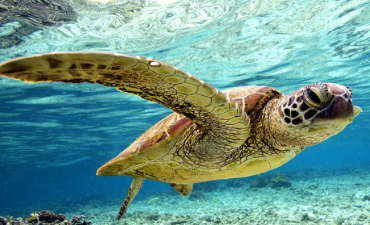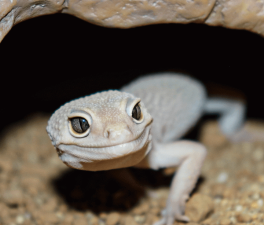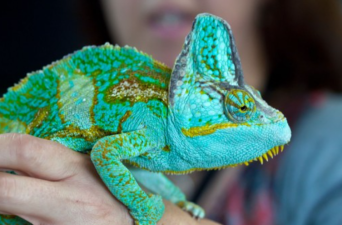There are more than 6,500 species of reptiles on Earth, and classifying and analyzing them can help us better understand reptile nutrition and how to feed them better.
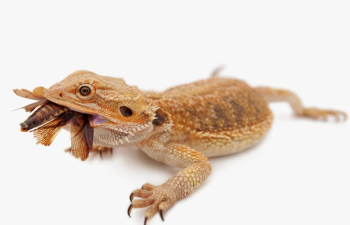
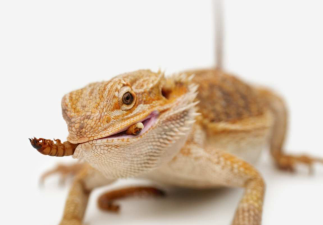
There are more than 6,500 species of reptiles on Earth, and classifying and analyzing them can help us better understand reptile nutrition and how to feed them better.
Reptiles are cold-blooded animals. Their body temperature is determined by the surrounding temperature rather than their internal metabolism, and changes in ambient temperature affect their metabolic rate, which in turn affects energy needs, movement, and digestion. In most cases, reptiles will maintain an appropriate core body temperature if the habitat provides sufficient temperature gradients.
Cold temperatures limit food intake and are detrimental to digestion. Hot temperatures can lead to increased stress levels, reduced food intake, and weight loss.

Reptiles require fewer calories than birds and mammals because they do not use calories to maintain body temperature. Reptile metabolic rate is related to body size, and the smaller the animal, the greater the metabolic rate per unit of body weight.
The average reptile metabolic rate is about one-quarter that of mammals.
--Energy Deficiency and Energy Excess Effects on Reptiles
Low calorie intake can lead to being underweight and disease. Prominent ribs and vertebrae and longitudinal wrinkles along the lateral body wall are telltale signs of underweight in snakes and lizards.
Poor body condition can be caused by:
- Improper husbandry.
- Stress.
- Improper diet.
- Too little food.
- Underlying disease that affects appetite and metabolism. Excessive caloric intake can lead to rapid growth in juveniles and overweight and obesity in adults.

Obesity is particularly dangerous for reptiles that do not like to exercise, such as large snakes and lizards. It is also particularly dangerous for reptiles kept in small cages or tanks and fed a high-fat diet, such as aquatic turtles kept in small tanks. If it is not possible to increase the tank capacity, reducing caloric intake and increasing activity are the best options. For example, an obese aquatic turtle fed a commercial turtle food daily could be fed three times a week and provided with green vegetables on the other days of the week.
-- Water
Fresh water is a must for all captive reptiles. Turtles and snakes usually drink from bowls. Certain lizards, chameleons and sky geckos are able to ingest mist or droplets from leaves. Other lizards, such as iguanas and monitors can lap up water from bowls and smaller reptiles can use shallow lids as water storage containers. Of course some reptiles may reject water contained in plastic containers, perhaps because of the smell or taste. This situation can usually be avoided by using glass, ceramic or stainless steel bowls. Tortoises and some snakes soak in large, shallow bowls. Soaking in water enhances water intake and stimulates excretion. Desert species require less water than temperate and tropical species. Some species get enough water from their food to meet requirements. The dosage for providing reptiles with additional fresh water is 10 to 25 ml/kg body weight.

